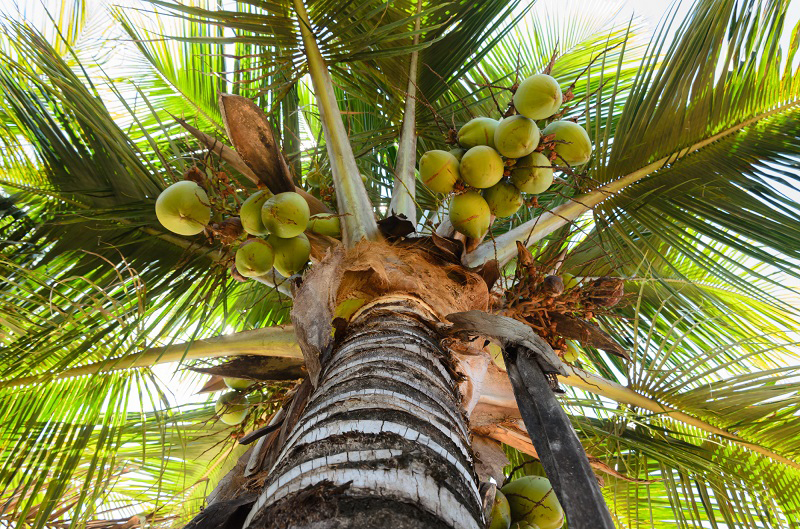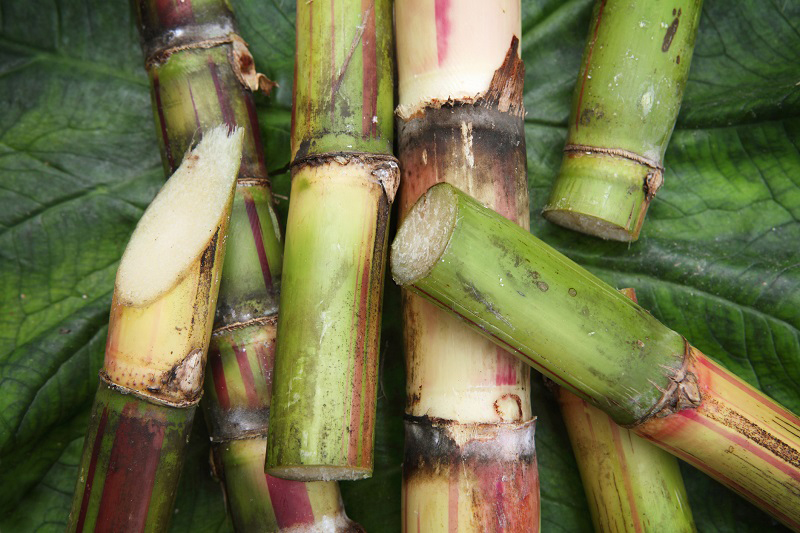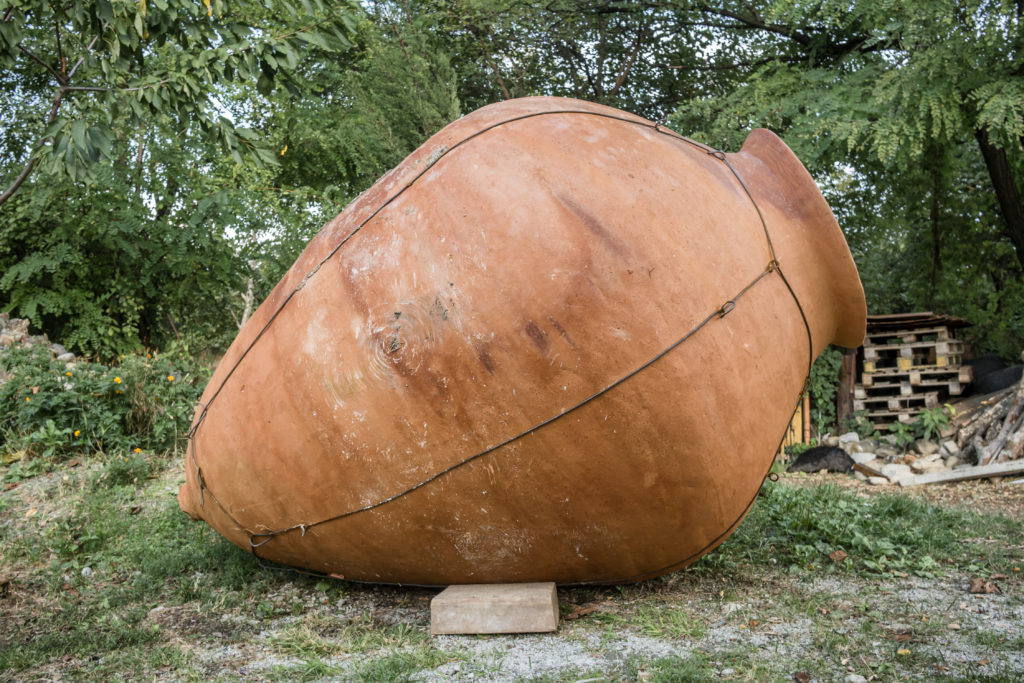
Jaya Travel & Tours is excited to take you on a tour of the Philippine wine scene, even if you’re seated at your desk. Although the cluster of islands has a relatively low reputation for wine-making due to the climate’s rejection of grape growth, the Philippines has a variety of unique wines that reflect the Filipino environment. Here are three Filipino favorites!
Table of Contents
Discover the Philippine Wine Scene
Tuba (Palm or Coconut Wine)

Taste: Sweet and sour, bitter
Color: White or reddish brown
ABV: 4%
Tuba is made with sap extracted from the coconut flower bud of a palm tree. Natural yeasts in the tropical air begin fermenting the sap as soon as it’s exposed, sending it on its way to becoming an alcoholic drink. Within a couple of hours, the natural fermentation transforms the sap into a cloudy sweet drink that is white or reddish in color. Served in a cup, it’s light at 4% ABV and has a syrupy consistency. Fermenting it longer strengthens its alcohol content, but if you let it sit too long (over 12 hours from exposure), it becomes vinegar; so keep a time limit on your quest for a stronger drink to truly enjoy Tuba.
The freshest Tuba is found in the Luzon provinces in the northern region of the Philippines.
Basi (Sugarcane Wine)

Taste: Sweet and sour, bitter
Color: Pale red/light brown
ABV: 10-16%
Basi harbors major significance in Filipino history. Spanish explorers claimed rule of the Philippines in 1521, launching the Spanish Conquest. The next 377 years had scads of conflicts, but none showcased Filipino resistance better than the Basi Rebellion. The Spanish government banned the at-home production of Basi wine in 1786, limiting its availability to pricey government-owned stores. By September 1807, the native wine lovers of Piddig, Philippines revolted and the passionate rebellion spread to nearby towns. The fighting lasted 12 days before Spanish troops regained control, but the Basi Rebellion would forever be the premier revolt of the century that ended free from Spanish rule.

Basi is made by boiling sugarcane juice squeezed from the crushed sugarcanes of Luzon’s Ilocos Region. The juices are stored in stone jars to cool before winemakers add glutinous rice and java plum bark to achieve Basi’s sweet yet bitter taste. The jars are then sealed and aged for 6 months to several years, increasing in ABV over time. The best Basi is said to have aged 10 years.
Tapuy (Rice Wine)
Wine Not Grapes? (Fruit Wines)
Rather than finding a bottle of locally-made Chardonnay, Burgundy, or Zinfandel among the Philippines’ wine inventory, you’ll find flavors that make up an “intoxicating” fruit basket. Filipinos make wine with what they can grow successfully, and the climate’s close to year-round waterworks aren’t ideal for grape growth. Instead, the tropical environment produces luscious mangoes, strawberries, pineapples, and bignay and lipote berries. Bignay and lipote berries compensate for the country’s lack of grape game and are used beyond wine to make teas, jams, jellies, and other fruit treats.
Take a Tour of the Philippine Wine Scene
The Philippine wine scene is certainly emerging with varieties that radiate its sweet and flavorful culture. Thirsty yet? Call Jaya Travel & Tours to begin designing your Filipino wine tour. We raise a glass to your travels!
Love wine? Be sure to check back frequently for our other wine travel series through our Jaya Travel Blog!

